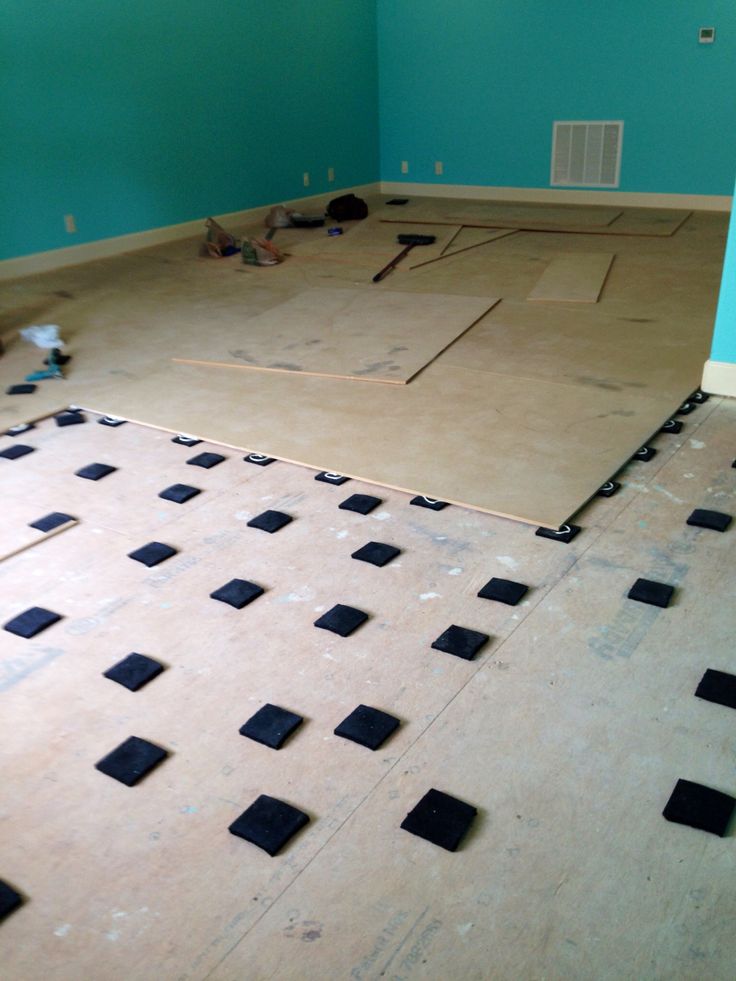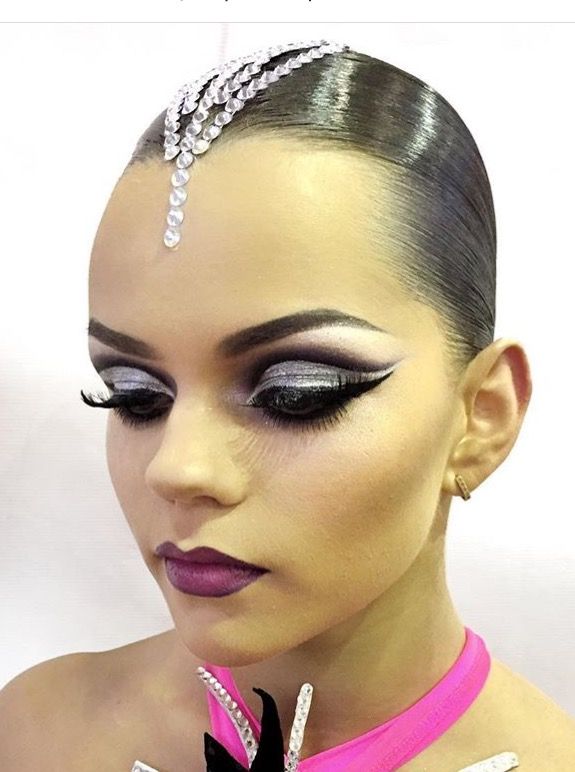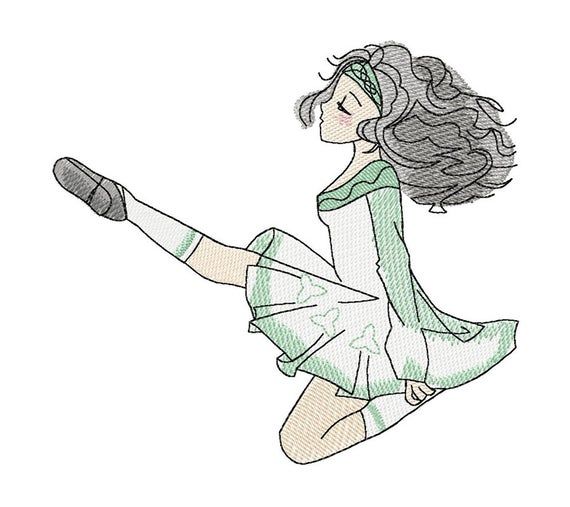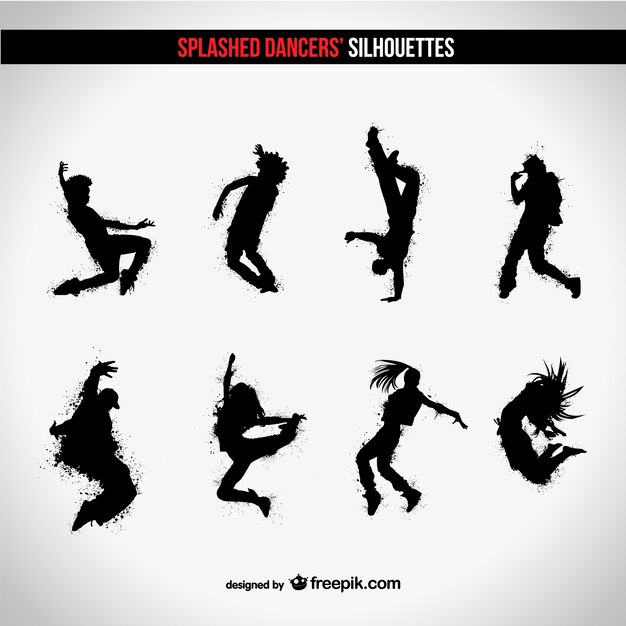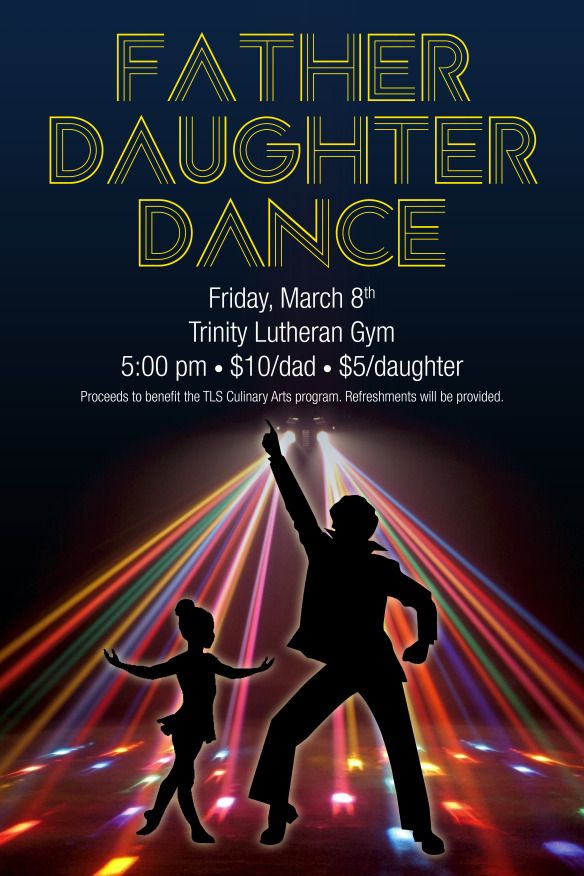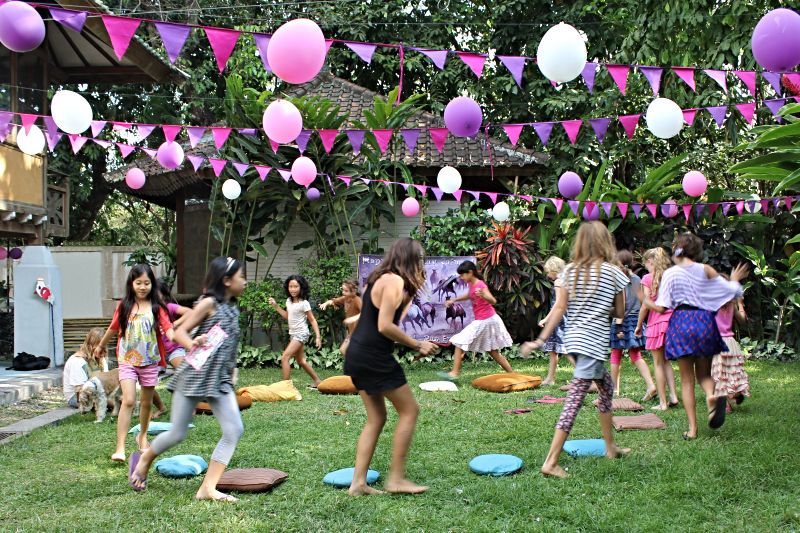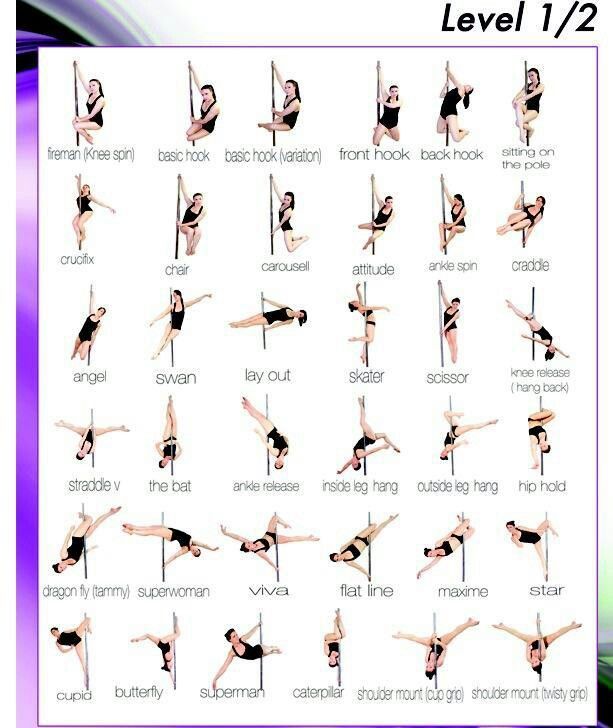Learn how to do the bop dance
The Philly Bop: How a local spin on a national trend has thrived across generations
In their 2017 TED talk, dance / choreography duo Lisa LaBracio and Camille A. Brown give a concise and encompassing demonstration of the history of African American social dance. Moving through a range of some of the most popular dances throughout the decades like The Cabbage Patch, the Dougie, the Twist, the Nae Nae, and beyond, the performance is a testament to the diversity and enduring social power of Black dance. Speaking to this rich tradition of dance, Brown explains what social dancing is and the role it has played in African American culture.
“A social dance isn’t choreographed by any one person. It can’t be traced to any one moment. Each dance has steps that everyone can agree on, but it’s about the individual and their creative identity. Because of that, social dances bubble up, they change, and they spread like wildfire. They are as old as our remembered history. In African-American social dances, we see over 200 years of how African and African-American traditions influenced history. The present always contains the past. And the past shapes who we are and who we will be.”
In Philadelphia, one social dance, simply known as “The Bop” has its origins in Jazz’s Swing explosion of the 1920s. An intimate and meticulously coordinated dance, The Bop has existed as a beloved tradition in Philly’s Black community for decades and it still remains a staple at cookouts, anniversaries, and family reunions throughout the city.
A regional variation of popular Swing dances from the 1920s — like the Jitterbug and the Lindy Hop — sometime in the 1950s, Philly dancers distilled the hyper, flamboyant movements of Swing dancing into a relaxed, understated partner dance based on a universal, six-step pattern. The dance spread locally being practiced at dance halls around the city.
In the late 1950s, Dick Clark’s American Bandstand was one of the most-watched television programs in the country. Filmed at a studio on 45th and Market in West Philly, the show maintained a de facto segregationist policy that kept Black teenagers off the show. Although there was no “official” race-based policy, young people would arrive at the station before tapings to be selected by the show’s producers. In this process, Black kids were mostly denied access. Despite this, some Black youth still made it onto the show, and arguably it was on American Bandstand that The Bop was first witnessed outside of Philly’s Black neighborhoods.
Although there was no “official” race-based policy, young people would arrive at the station before tapings to be selected by the show’s producers. In this process, Black kids were mostly denied access. Despite this, some Black youth still made it onto the show, and arguably it was on American Bandstand that The Bop was first witnessed outside of Philly’s Black neighborhoods.
Known as “The Bopologists” Philly-residents and Dance instructors Audrey Donaldson and June Donaldson published the 2016 book How To Dance: Philly Bop, a 6-Count Dance, a guide to the history, mechanics and social dynamics behind the dance. After a brief historical overview, the Donaldsons give a detailed breakdown of how to do the Bop.
“Philly Bop is a dance that is based on a repeating pattern.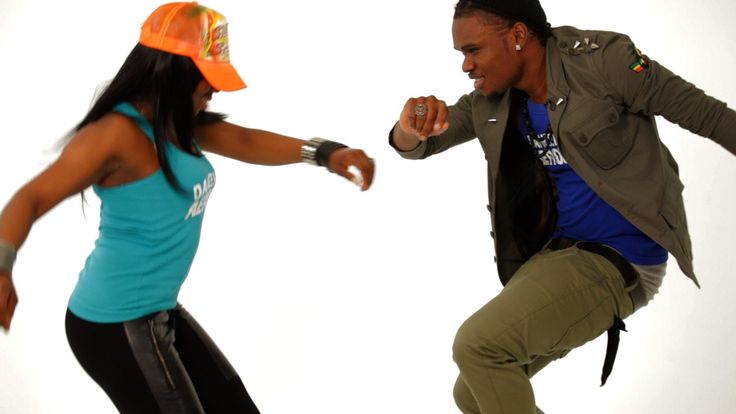 Although the count of each pattern may consist of many steps, the essences of the Philly Bop is 6 counts. This 6 count pattern is repeated throughout the dance enabling both the leader and the follower to remain in sync.” The book goes on to detail how these counts correlate with each dancer’s steps and movements.
Although the count of each pattern may consist of many steps, the essences of the Philly Bop is 6 counts. This 6 count pattern is repeated throughout the dance enabling both the leader and the follower to remain in sync.” The book goes on to detail how these counts correlate with each dancer’s steps and movements.
“For the Leader the pattern is”
Left Left Right Right Left Right
For the Follower the pattern is”
Right Right Left Left Right Left
So For the Partners, the count is:
1 2 3 4 5 6”
Although the specific mechanics involved in the Philly Bop are unique to our city’s dance culture, there are many regional variations of similar post-Swing dances Most famously, Chicago Stepping is a dance that evolved in the wake of the Jazz era and is similar to the Philly Bop. Audrey Donaldson explains the development of the dance and how many regions have their own dances that share common origins with the Bop. “My understanding is that as the dance traveled across the country, people had different takes on it. In D.C., they have something called Hand Dance which is very similar to the Bop but our “5,6” is their “1,2.” It’s different but we can dance with someone from D.C. and it looks pretty much like the same dance.
In D.C., they have something called Hand Dance which is very similar to the Bop but our “5,6” is their “1,2.” It’s different but we can dance with someone from D.C. and it looks pretty much like the same dance.
https://www.instagram.com/p/BcSpD_7DhrZ/
June Donaldson continues, explaining that the sound of Motown with its rich, elegant arrangements and driving backbeat, pushed the evolution of the dance, further emphasizing its reliance on smooth, effortless movement and coordination. “The Lindy Hop and the Jitterbug are both 6-count dances. People were dancing to Big Band Swing music and it was kinda fast, but then Motown came out a little later, so we smoothed that thing out.”
Today, the Bop lives on as an integral part of Black Philadelphian dance and social culture. There is not a single Block party, cookout, family reunion, or oldies night in the city that would be complete without boppers. I personally grew up watching family members and elders in my neighborhood do the Bop. My mom, Jackqueline Morrison has been an active bopper since she was a child, she learned the dance when she was only 7 years old and as a teenager, she would teach the Bop to boys in the neighborhood.
My mom, Jackqueline Morrison has been an active bopper since she was a child, she learned the dance when she was only 7 years old and as a teenager, she would teach the Bop to boys in the neighborhood.
“My mother and her brother used to Bop all the time at family parties. Everybody made a big fuss over you when you did it. It made me feel important when I was little and as I got older it made me feel really sexy! (laughs)”. Like my mom, many boppers in the city cut their teeth dancing at the Arcade Ballroom in North Philly in the 1960s. Although the massive ballrooms and banquet halls of the past have been lost to development, gentrification and the march of history, in 2020 many venues still exist where the Bop is done, supporting a vibrant dance scene.
At venues like The Crab Tavern in Darby, Treasures on Germantown avenue, Chuck’s Alibi in Northeast Philly, New Jersey’s Stardust Ballroom and beyond, enthusiastic dancers gather to groove to classic bopping songs like Leon Huff and Grover Washington Jr. ’s “I Ain’t Jivin’, I’m Jammin’”, Smokey Robinson & The Miracles’ “Happy Landing”, Richard “Dimples” Fields’ “Jazzy Lady” and Luther Vandross’ classic “Bad Boy / Having A Party” as well as “Are You Using Me?” his epic collaboration with NYC House music legends Masters At Work.
’s “I Ain’t Jivin’, I’m Jammin’”, Smokey Robinson & The Miracles’ “Happy Landing”, Richard “Dimples” Fields’ “Jazzy Lady” and Luther Vandross’ classic “Bad Boy / Having A Party” as well as “Are You Using Me?” his epic collaboration with NYC House music legends Masters At Work.
https://www.instagram.com/p/CBZT_MPnv_F/
In the wake of the COVID-19 pandemic, much of the area’s bop-friendly venues were forced to temporarily close down. Despite this, online spaces like the Crab Tavern Dance Family Facebook group and the Donaldsons’ website Dancinginphilly.com have kept the community going with lessons on the dance, videos of partners performing “social distance dances” while dancers share pictures and memories of fun times dancing and socializing.
Throughout the decades, dancers have learned the bop from their parents, grandparents, aunties, and uncles, thus creating a continuing lineage that stretches back into the Jazz era and beyond. Although our city and the world around it is fundamentally different than it was when the dance first appeared, the Bop has continued on and is still going strong, standing as an integral part of Black Philadelphian social life and as a testament to our city’s rich dance culture.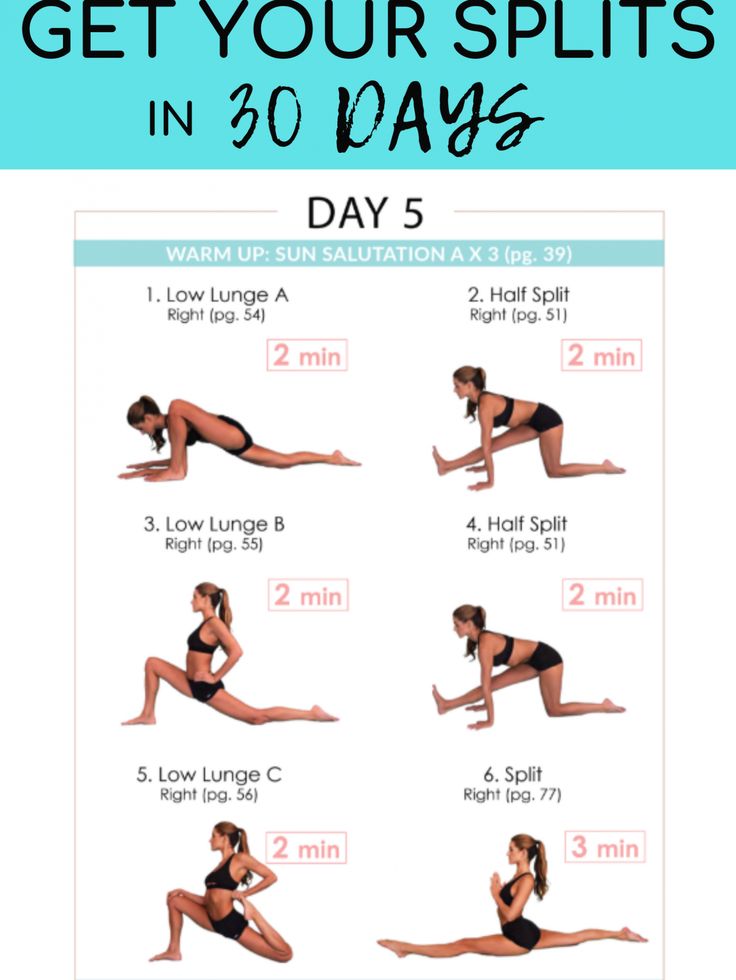
Related Content
No news added recently
10 Basic Dance Moves Anyone Can Learn
Do you ever watch someone dance and wonder how they come up with moves so easily?
Great dancers often master a specific set of moves that they can fall back on again and again.
Read on for 10 basic dance moves you can learn in minutes and use every time you wanna dance.
P.S. You can learn all of these moves for FREE on STEEZY Studio! No cc required. 😉
1. The Two-Step
When I first started dancing at parties, the Two-Step was the first move that truly came naturally to me.
It really is as simple as stepping from side to side to the beat!
If you're looking for something foolproof that allows you to just groove and enjoy the music...
Boom. Here it is.
2. The Monestary
This move was born in a club called Monestary out in St. Louis!
It’s built on a Two-Step, so if you took that class, you’ve already got a foundation for the footwork.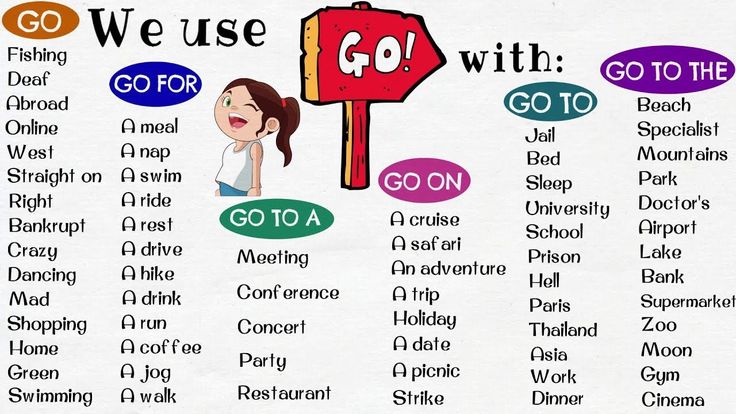
But rather than bringing your feet together, you’ll tap them to the front with your knee and foot turned inward.
Then, as you tap the feet, you’ll move your arms and shoulders in a circular movement.
3. Booty Pop (Side To Side)
Like the Woah, this sexy move is super TikTok-friendly – but with more feminine energy.
To do a booty pop to the side, you’re gonna bend your knees, put your hands on one knee, and then bring the other leg from bent to straight while turning your knee inward.
If you’re a long-haired baddie, be sure to keep all your hair on one side so it doesn’t flop in your face as you pop!
Read this article on How To Dance Sexy to get more tips on pulling off moves like this one!
4. The Billy Bounce
Surprise – this club-ready move is built on… a bounce!
But what makes it unique is that your knees will come inward on each bounce rather than just up and down.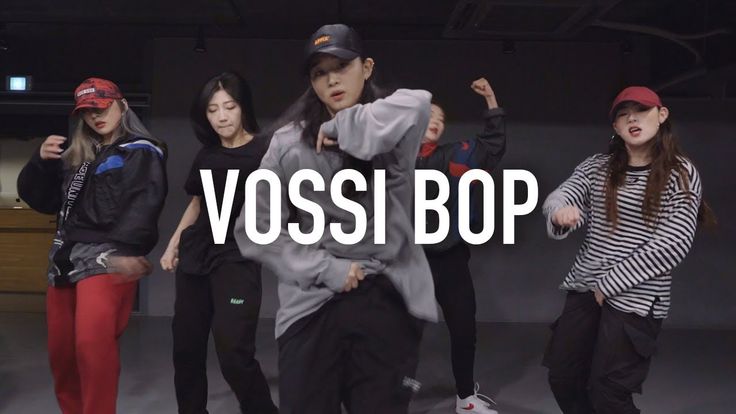
Once you’ve got the funky lil knee bounce down, you’ll add in an upward kick on each side.
The best thing about this move is that while the footwork takes a few minutes to learn, you don’t necessarily need to add an arm movement to make it look cool.
Just keep your arms front and center.
5. The Woah
Even if you’re not actively involved in the dance community, you’ve probably seen people hitting the Woah – on TikTok, Reels... all over your newsfeed!
Whether you wanna make a viral video of your own, or you’re just looking for a fun, basic dance move to pull out at the clerb, this one is too good not to learn.
Since the locking arm motion is so sharp and pronounced, use the Woah to accent the heaviest bass beats in your favorite songs.
6. The Dougie
Yes, the Dougie is a real dance move!
Like the Two-Step, you’ll be shifting your weight from side to side, but this time, adding some shoulder movements and a lil more attitude.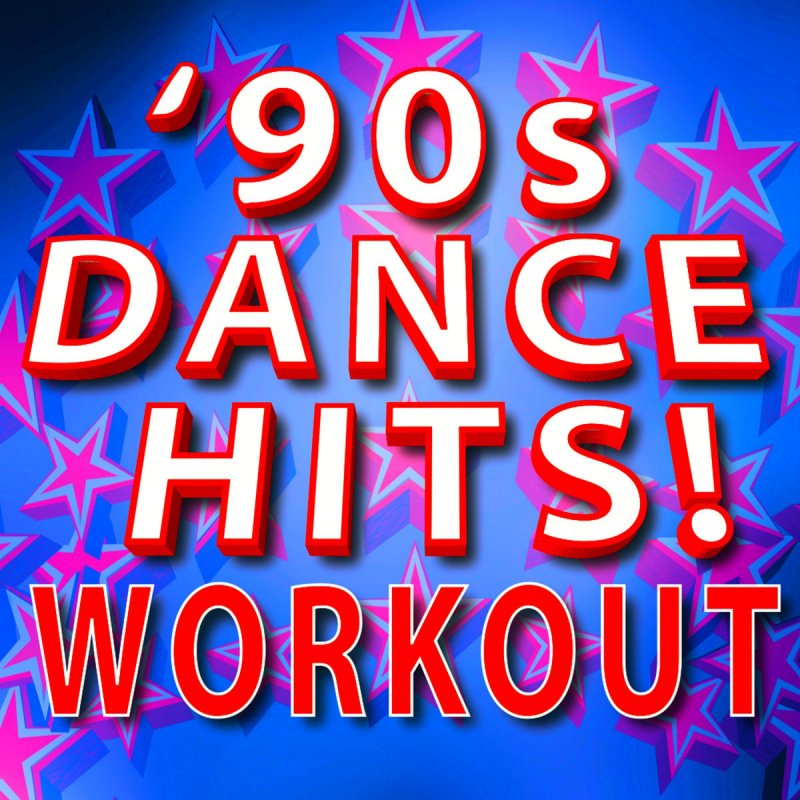
Try this one out to some songs other than the one that made it famous – you’ll find it works with any hype beat.
7. Scoop Arm Into Hip Sway
Sooo this one is more of combo than a move, but it only takes a few minutes to learn and it works with any fun sassy song…
So it deserves to be here, ok?!
For this move, you’re gonna scoop your arm across your chest, then bring it over your head, and finally point it in front of your chest.
Once you point the arm in front of you, you’ll sway your hips from side to side and groove it out.
8. The Bust Down
The Bust Down was popularized by LA rapper, Blueface, in his 2019 club jam “Thotiana”.
You’re gonna grab your belt, put one arm in the air, and allow your body to dip with the beat.
Note: Licking your eyebrows like Blueface is fun, but not required. 😛
9. The Biz Markie
The Biz Markie is an old school party dance inspired by, you guessed it, rapper Biz Markie!
It rose to popularity in the 90s, when Biz Markie himself began performing it on stage.
As you practice it, remember to allow your shoulders to bounce – the bounce is what gives this move its cool, laidback flavor.
Wanna learn more about classic Hip Hop moves? Read this: How To Dance Hip Hop for Beginners
10. The Humpty
For this bouncy move, you’re gonna circle your hips to one side as your bend your knees.
Then, you’ll jump and cross your legs, allowing your feet to tap the floor briefly before you jump back to your original legs apart position.
Once you’ve got that down, you can complete the move by adding in a windmill motion with your arms.
The leg cross in this move makes it perfect for any Hip Hop song that features a double bass (aka that BOOM BOOM sound that you hear in songs like “Lip Gloss” by Lil Mama)
We hope you enjoyed learning some of our favorite basic dance moves.
Of course, this list is just a start!
In addition to the 10 moves on this list, STEEZY Studio has 100+ other FREE beginner classes where you can learn step-by-step from the world’s best teachers.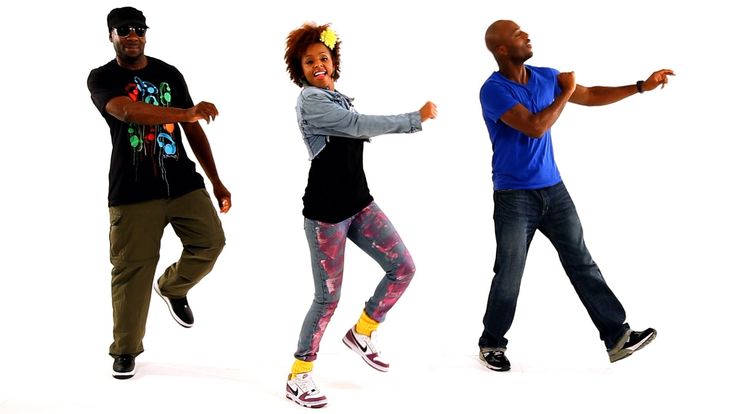
What To Read Next:
30-Minute Dance Workouts That'll Trick You Into Becoming A Better Dancer
How To Learn Popping
How To Start Dancing Hip Hop For Beginners
How To Learn Dance At Home
What is Lindy Hop?
Ph: Gregor Hofbauer
What is Lindy Hop? A big interview with the champion of Russia in Lindy Hop and Boogie-Woogie Maria Filippova
This year, like many of my compatriots, I did not go abroad, although I planned very much. In principle, nothing tragic, not the first year like this, but still a little insulting. And who really should be offended is those whose work activity was completely connected with traveling to different countries, and the closure of borders made their work simply impossible. But the champion of Russia in Lindy Hop and boogie-woogie and an international teacher Maria Filippova does not even think to lose heart and restructures her activities in the new reality. nine0003
nine0003
Once, when she was still a teenager in Yaroslavl, she became interested in swing dancing after watching "Dandies", and this hobby completely changed her life. Today she tells Plyas about what Lindy Hop is and why she preferred it to boogie-woogie, about trips to different countries with master classes, and also about how a Russian student differs from a European one.
Get nostalgic with us for the times when you could go to events with a lot of people and fly to other countries. nine0013
December 11, 2020
Ph: Ekaterina Knyazeva
What is Lindy Hop?
What is Lindy Hop?
– It seems to me that today Lindy Hop is not yet as popular as other social dances, but in recent years it has been gaining momentum.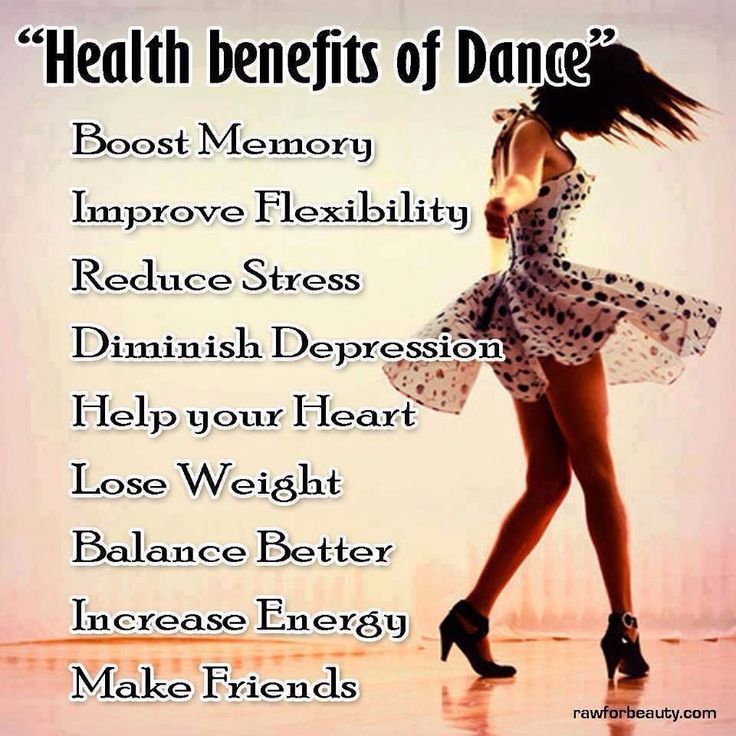 Tell me briefly, what kind of dance is this? And how are the classes going?
Tell me briefly, what kind of dance is this? And how are the classes going?
– The Lindy Hop is an African-American dance that originated in New York in the 1920s and 30s in the wake of the popularity of jazz, and since then it has been danced by people all over the world. The main features of the Lindy Hop are the rhythmic basis, improvisation and freedom of expression in a pair. In this pair dance there is no such rigid distribution of roles as, for example, in ballroom dances, and a person of any gender can be the leader.
There is always a rotation in the Lindy Hop class - changing partners, because it is important that everyone dances with everyone, because when you dance with only one partner, you get used to it and you can no longer dance with someone else. nine0003
Lindy Hop is a social dance, which means that people learn it like another language. The purpose of attending classes is to learn how to express yourself in dance, so that later you can communicate with different people at parties, concerts and festivals.
– How much school does it take to start partying?
- I recently held a series of master classes for people without dance training in the Ziferblat space. The experience of Ziferblat showed that in half an hour after the start of the lesson, people are already ready to dance. Lindy hop is, first of all, a rhythmic dance, it is important not how you look on the dance floor, but how you feel yourself, how you interact with your partner and what rhythm you keep. And the basic rhythm can be learned pretty quickly. On average, after 2 weeks or a month of classes, you can go to a party. But in general, there will never be an ideal moment and there is no absolute “scale of readiness for a party”, you can go and practice the acquired knowledge even after the first lesson. nine0013
“
Lindy HOP - Social Dance, this means that people teach it as another language
9000 9000 9000 - 9000 9000 the aesthetics of this dance are a little surprising, in particular, it is embarrassing that the sock is always pulled over itself, and not stretched out, as is usually taught in classical dances.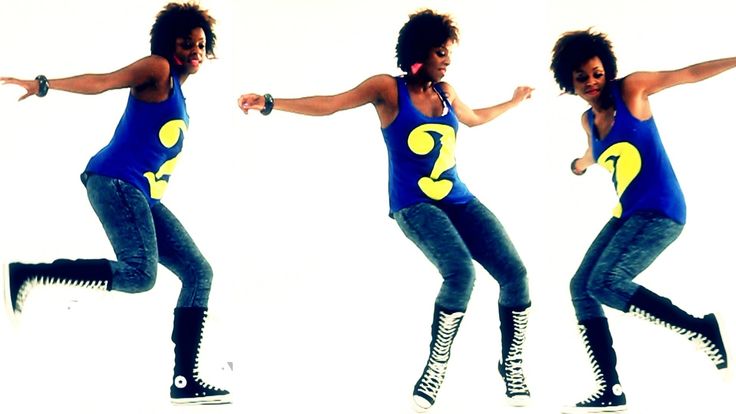
- In general, the aesthetics of these dances is incomprehensible to us - Russians, and very often, when people see them for the first time, they can characterize the dance as asymmetrical or even ugly, simply because they are not used to it. This is not ballet or classical choreography, this is an American folk dance. Dancers do not have the task of being beautiful in the sense in which we think when we are taught the classics in childhood. nine0013
Lindy Hop teaching vs . pandemic
Lindy hop teaching vs . pandemic
– The dance industry is going through hard times right now. Tell us what your work schedule looked like before the whole pandemic thing? Have you taught mainly in Europe?
- It all started with regular groups in Moscow, then my partner Daniil Nikulin and I started to travel around Russia with mother classes, later we were invited to festivals abroad, and gradually we began to teach in other countries. As a result, Lindy Hop master classes, performances and judging at festivals around the world have become our main area of activity. And surprisingly, when we started teaching abroad, we were much less invited to teach in Russia. nine0003
As a result, Lindy Hop master classes, performances and judging at festivals around the world have become our main area of activity. And surprisingly, when we started teaching abroad, we were much less invited to teach in Russia. nine0003
– Teaching around the world as my main job – is fantastic for me. So the Lindy Hop is so interesting to people all over the world that every week there was some kind of event?
– Yes, Lindy Hop is very popular in many countries today. Before the pandemic in the world - in Europe, Asia, America - 90,005 every 90,006 weekend there were an average of 2-4 events of various sizes related to Lindy Hop. It could be both small festivals with up to 100 participants, and large ones with several thousand dancers, as well as various master classes and workshops, dance camps. Lindy hop dancers came to such events from different cities, countries and even continents.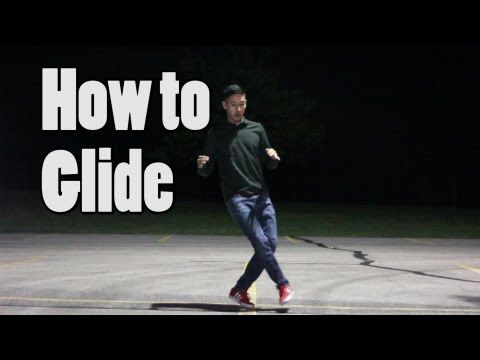 nine0003
nine0003
We were invited to such events as teachers, judges and artists.
My job was to come to the festival, where hundreds of people from all over the world gather in one closed room, dance with each other, communicate, hold hands, do not keep their distance :). Being in 2020, this is already very difficult to imagine as the norm. I'm afraid to make predictions for the future, but so far there are practically no festivals. All events for this year have been postponed. And I think this is just the beginning. nine0013
– How did you manage the lockdown and what did you do afterwards?
– In the spring I was in Yaroslavl and spent time with my family. I haven't been in my hometown for such a long time, probably since high school. In Yaroslavl, I often visited nature, from new activities - I began to learn French.
I didn't want to take online classes as soon as the quarantine started, simply because I needed time to relax, and the online space was already very crowded with activities. In the middle of summer, I filmed my first online course for already dancing people, Lindy Hop Cheat Sheet. And in the fall, I opened small Lindy Hop and solo jazz groups for beginners in Moscow. nine0003
– Tell us about dance camps.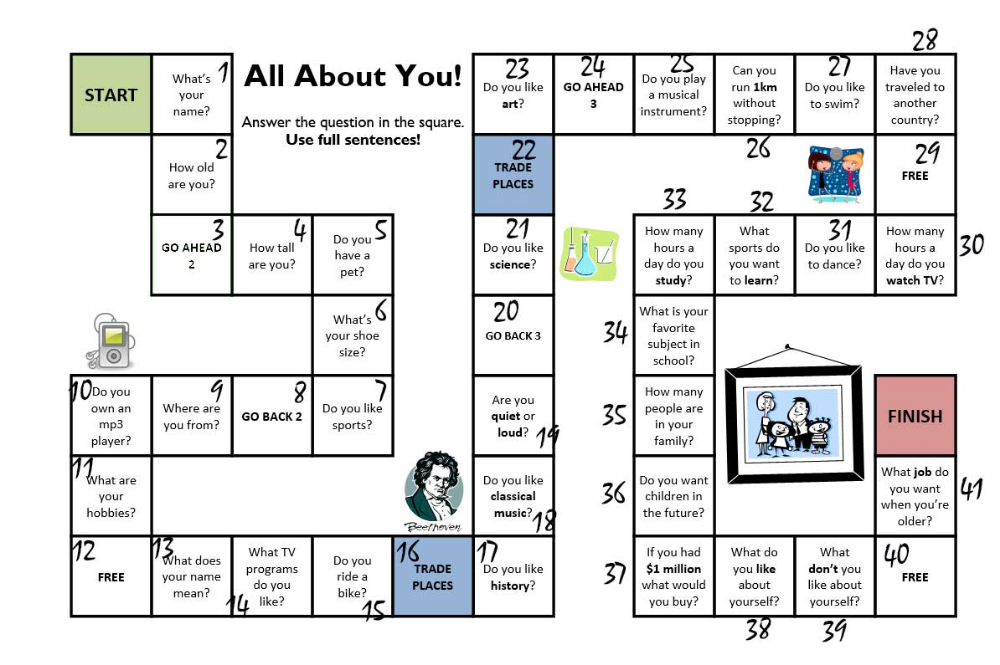 What it is? Something like a camp?..)
What it is? Something like a camp?..)
– Not really, because lindy hop is primarily about communication, not about achievements and a sport in which it is important to keep fit and win. Lindy Hop camps are quite common in Europe, one of the largest and most famous "Herrang Dance Camp" is located in Sweden. Imagine, every summer hundreds of dancers come to a small village near Stockholm. Everyone lives together, goes to classes, dances, plays music and just has a good time in the company of like-minded people. The camp lasts 5 weeks, and the course of classes on one topic is designed for a week. Accordingly, every week new people come there and some of the old ones leave, the same with teachers. nine0003
But besides Herrang there are many other festivals in the world that I would recommend visiting. For example, Lindy Shock in Budapest, Lindy Focus in Asheville US, Paris Jazz Roots in Paris, and this is just the beginning of the list.
By the way, similar events are also held in Russia. For example, every year from January 3 to 8, you can get to the "Moscow Christmas Swing Dance Camp". The camp "breaks up" in a hotel 30 minutes by car from Moscow. You can come to it only for the evening part - parties with live music, competitions, performances, or you can drop in with accommodation. Then the whole day will be filled with classes, and not only Lindy Hop, but you can also learn how to dance balboa, boogie-woogie, solo jazz and much more. I have been going to this camp for 10 years in a row, I started as a participant, and for the last 4 years I have regularly replenished the ranks of teachers. Speaking of teachers, the organizers invite about 20 pairs of foreign teachers from all over the world. So you can not only enjoy the special spiritual atmosphere of this camp, but also learn a lot :)
For example, every year from January 3 to 8, you can get to the "Moscow Christmas Swing Dance Camp". The camp "breaks up" in a hotel 30 minutes by car from Moscow. You can come to it only for the evening part - parties with live music, competitions, performances, or you can drop in with accommodation. Then the whole day will be filled with classes, and not only Lindy Hop, but you can also learn how to dance balboa, boogie-woogie, solo jazz and much more. I have been going to this camp for 10 years in a row, I started as a participant, and for the last 4 years I have regularly replenished the ranks of teachers. Speaking of teachers, the organizers invite about 20 pairs of foreign teachers from all over the world. So you can not only enjoy the special spiritual atmosphere of this camp, but also learn a lot :)
Of course, it's all very hard to imagine now, but that's how it was ☺
“
Lindy Hop is primarily about communication, and not about achievements and a sport in which it is important to keep fit and win
Ph: Gregor Hofbauer
– What countries were invited to more often, and where less often? Where is Lindy more popular and where less?
- It is very difficult to say for sure where the Lindy Hop is more popular and where it is less. All Europe, Asia and America are actively dancing it. nine0003
All Europe, Asia and America are actively dancing it. nine0003
Speaking about my teaching outside of Russia, over the past few years I have traveled to 19 countries around the world as a visiting teacher. It so happened that my partner and I are most often called to France. I don't know why there. It happens that in a short period of time different organizers from one country begin to call us. So, for example, I visited Poland three times in six months and had to go to Italy and Bulgaria, but 2020 made its own adjustments.
The most distant places where I have taught are Buenos Aires - Argentina, Guangzhou - China, Seoul - Korea. nine0003
– Is there a difference between a European student and a Russian student?
- Yes, and it's quite tangible. In Russia, in general, people are used to the fact that when they go to school, they silently absorb knowledge, sitting at their desks, and if they want to ask or say something, they raise their hand, and then, perhaps, they are given a chance to participate in the course.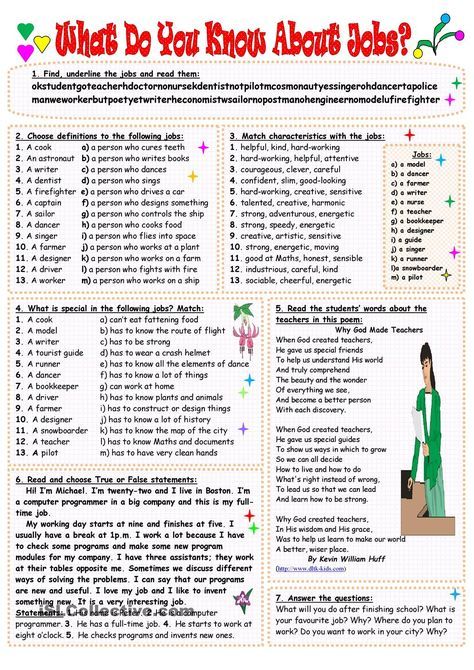 lesson. At the same time, the teacher has such a status that it is impossible to conduct a dialogue with him on an equal footing. This is probably why it is more difficult to build communication on an equal footing with Russian students in a lesson than with Europeans. In this case, I usually say: “Dear friends, I am not a TV! Please talk to me in class. Give feedback and answer questions, because it will be better for all of us!” And only then they begin to slowly relax and participate in the dialogue. The emotional return during classes in Russia is not as high as, for example, in the same France. But at the same time, Russian students are very diligent and hardworking. Often during the lesson it is difficult to determine something by their facial expression, but after that they come up and thank you very sincerely for the lesson. nine0003
lesson. At the same time, the teacher has such a status that it is impossible to conduct a dialogue with him on an equal footing. This is probably why it is more difficult to build communication on an equal footing with Russian students in a lesson than with Europeans. In this case, I usually say: “Dear friends, I am not a TV! Please talk to me in class. Give feedback and answer questions, because it will be better for all of us!” And only then they begin to slowly relax and participate in the dialogue. The emotional return during classes in Russia is not as high as, for example, in the same France. But at the same time, Russian students are very diligent and hardworking. Often during the lesson it is difficult to determine something by their facial expression, but after that they come up and thank you very sincerely for the lesson. nine0003
At the same time, I remember that earlier, before all my trips abroad, I was very comfortable teaching at the Moscow Christmas camp, but my European friends who taught there sometimes came up to me and asked: “Why are the students so serious, why is no one smiling during class?” I answered that everything is fine, they are just focused on the material. And when I was in this camp for the last time, I was already worried that no one was smiling. Apparently, I was already so accustomed to the European mentality that at the first lesson the contrast was too bright for me. nine0003
And when I was in this camp for the last time, I was already worried that no one was smiling. Apparently, I was already so accustomed to the European mentality that at the first lesson the contrast was too bright for me. nine0003
Another story about the difference in mentalities.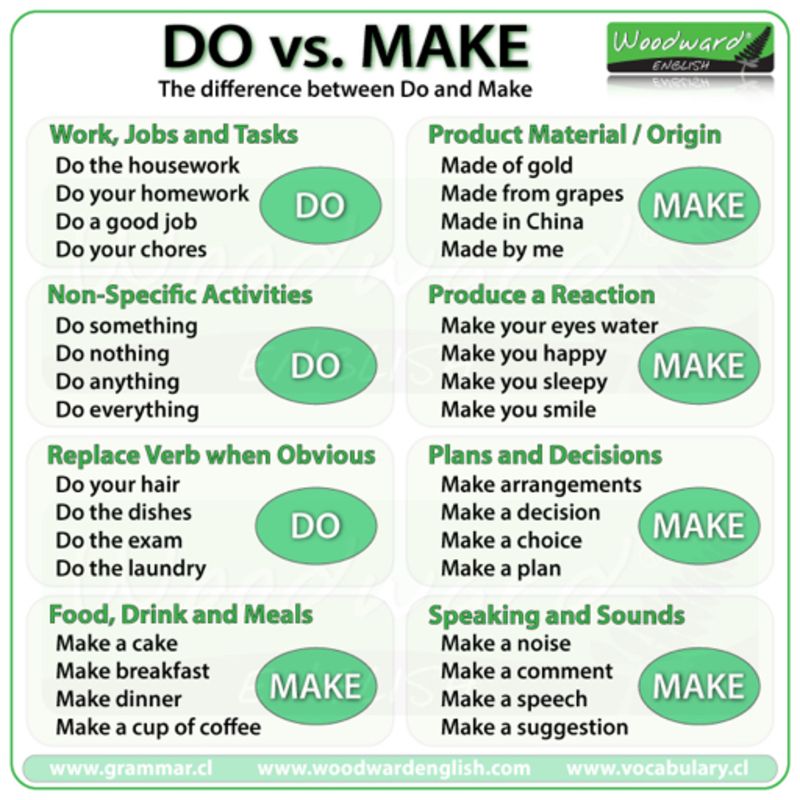 In Spain, after changing partners in a class, people often have long, loud conversations with the new person. They say hello, find out how things are going, maybe they tell something else about themselves. The culture of small talk is well developed there. And that's great, because people come to dances to talk and spend time, because for them it's part of the culture, but for me, as a teacher, it was very unexpected at first. Changing partners is such a quick technical moment to get everyone to try new stuff with everyone, and when the room starts buzzing and long conversations, everyone gets a little distracted. There were similar situations in France and Italy, but here in Russia everything is a little different, and those who come to dance classes more often want to compete and win, improve their technique. Whereas in many European countries people come just to chat! Well, dance a little. nine0003
In Spain, after changing partners in a class, people often have long, loud conversations with the new person. They say hello, find out how things are going, maybe they tell something else about themselves. The culture of small talk is well developed there. And that's great, because people come to dances to talk and spend time, because for them it's part of the culture, but for me, as a teacher, it was very unexpected at first. Changing partners is such a quick technical moment to get everyone to try new stuff with everyone, and when the room starts buzzing and long conversations, everyone gets a little distracted. There were similar situations in France and Italy, but here in Russia everything is a little different, and those who come to dance classes more often want to compete and win, improve their technique. Whereas in many European countries people come just to chat! Well, dance a little. nine0003
I remember that my partner and I had another funny experience. Somehow we taught in Germany, and then we went to China with master classes and at the first lesson we decided to give about the same concept that was recently given in Germany.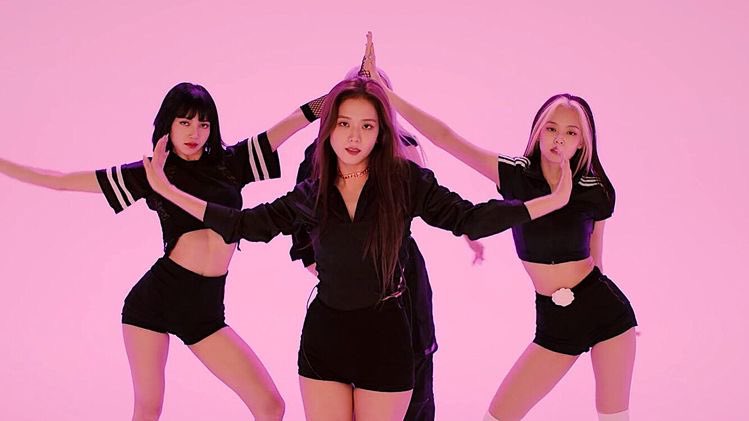 When we started the class, we immediately realized that something was wrong, and students in China understand us much worse than the Germans. I had to change everything at once and give more illustrative examples without using the usual explanations in English. As a result, everything went well, the students understood everything, we explained everything and even gained new experience in teaching, knowing the contrast between the analytical approach and the visual-illustrative one. nine0013
When we started the class, we immediately realized that something was wrong, and students in China understand us much worse than the Germans. I had to change everything at once and give more illustrative examples without using the usual explanations in English. As a result, everything went well, the students understood everything, we explained everything and even gained new experience in teaching, knowing the contrast between the analytical approach and the visual-illustrative one. nine0013
“
Emotional return during classes in Russia is not as high as, for example, in the same France. But at the same time, Russian students are very diligent and hardworking
Lindy Hop vs . boogie woogie
lindy hop vs . boogie-woogie
– Before joining Lindy Hop, you practiced boogie-woogie and even became the champion of Russia in this style.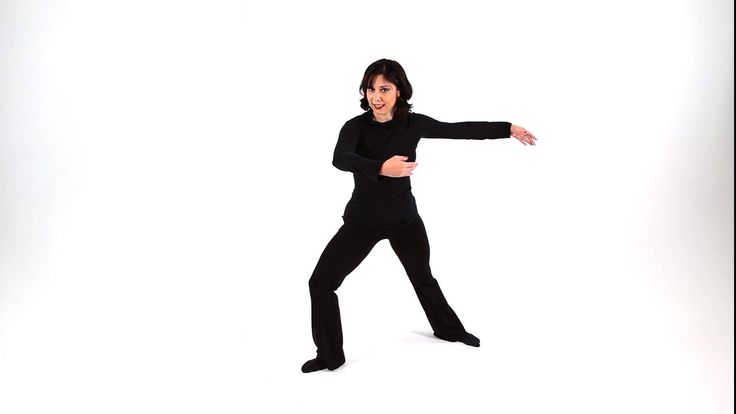 Can you tell us how you got over from it to the Lindy Hop? nine0006
Can you tell us how you got over from it to the Lindy Hop? nine0006
– Dancing appeared in my life as a child. I started going to various variety dance classes from the age of 8, and I decided to go to boogie-woogie after I watched the movie "Dandies", then I was 15 years old. At that time, my parents were doing Argentine tango in a club in Yaroslavl, and boogie-woogie classes were taking place in the next hall. My first boogie-woogie teacher was Sergey Strunin from the SwingTown club, and since then I have been doing swing dancing for over 10 years. nine0003
Boogie-woogie is really well developed in Yaroslavl. Even at the Russian level, often the winners of boogie competitions are Yaroslavl. There is a very active dance party there, even now, when I come to visit and look into SwingTown, I always get great pleasure from parties, dancing and communication.
A little more history. Having started boogie dancing in 2009 in Yaroslavl, I quickly started performing at competitions, assisting local teachers, going to all the parties in the city and even flying into the metropolitan ones.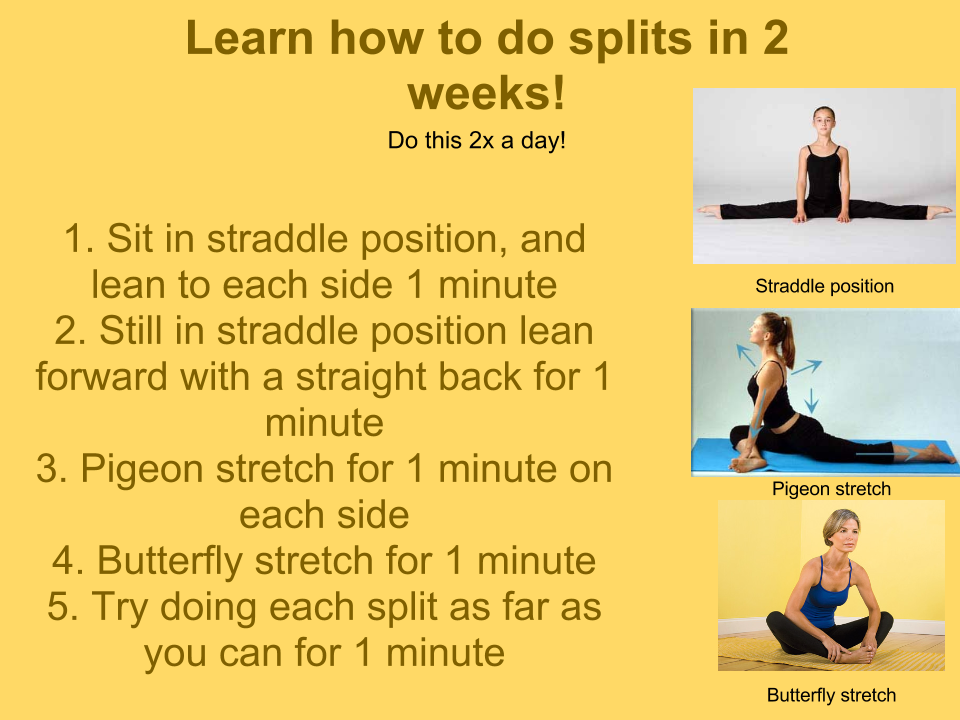 Entering Moscow in 2012, as if by magic, I was invited by one of my friends to teach boogie-woogie together, and by others - to perform at the next competitions. And then everything began to spin: training, performances, an active creative life. Daniil and I became champions of Russia in boogie-woogie in 2015 (and in lindy hop in 2016), and at the moment we have been dancing together with him for 8 years. nine0003
Entering Moscow in 2012, as if by magic, I was invited by one of my friends to teach boogie-woogie together, and by others - to perform at the next competitions. And then everything began to spin: training, performances, an active creative life. Daniil and I became champions of Russia in boogie-woogie in 2015 (and in lindy hop in 2016), and at the moment we have been dancing together with him for 8 years. nine0003
At first, I looked askance at the Lindy Hop. I also didn't understand its aesthetic, the jazz music seemed dull and too abstract compared to the fun and simple rock and roll, and the dancers seemed uncomposed compared to the boogie-woogie athletes. But around 2013-2014 my friends started going to lindy parties and I decided I should try with them too. A few months later, I got involved in the Lindy party in Moscow, and even started performing at Lindy Hop competitions, getting high marks only because Daniil and I had already danced to boogie competitions and used this experience in Lindy. Looking at those performances now, I can hardly call that dance a Lindy Hop, rather we parodied it, remaining with the boogie-woogie technique. But, apparently, it rolled, because we began to regularly appear in the finals of Russian competitions. nine0003
Looking at those performances now, I can hardly call that dance a Lindy Hop, rather we parodied it, remaining with the boogie-woogie technique. But, apparently, it rolled, because we began to regularly appear in the finals of Russian competitions. nine0003
– Why did you decide to leave boogie-woogie completely?
- Having danced 4 seasons in a row in boogie competitions (and celebrated 7 years in boogie woogie), I felt that there was no room to grow further. We became champions of Russia, it was unreasonably expensive to go to world competitions, and the very idea of competitions ceased to attract me. If I become the champion of Europe or the world, for example, after spending a lot of time and effort, what next? I think that the problem of sports is that there are specific criteria and seemingly understandable goals, having reached which you break your vision, and - which is the worst thing for me - you don’t understand where to go next. nine0003
nine0003
Art is completely different. There are no points and ratings in it, only an idea and an embodiment. Here you can dig endlessly and in any direction. That's why we decided in 2016 that it was enough to dance boogie-woogie in competitions. I have never regretted it yet :)
Now the sports component of boogie-woogie is gradually eating away at the social one. And it seems to me that when there is sport and rules, when you don’t dance how you feel and don’t perceive dance just as an art, when you have points and qualification cards, there is less improvisation and less yourself in the dance. You start to look at what needs to be done, focus on the champions, and in the end all the dancers become similar to each other. nine0003
Plus the boogie-woogie music is very high quality, but the same. And jazz for me is much more diverse, even endless. Lindy Hop is also attractive in that it has much more freedom for partners. The dance is built in such a way that both partners equally influence it, I listen to each other.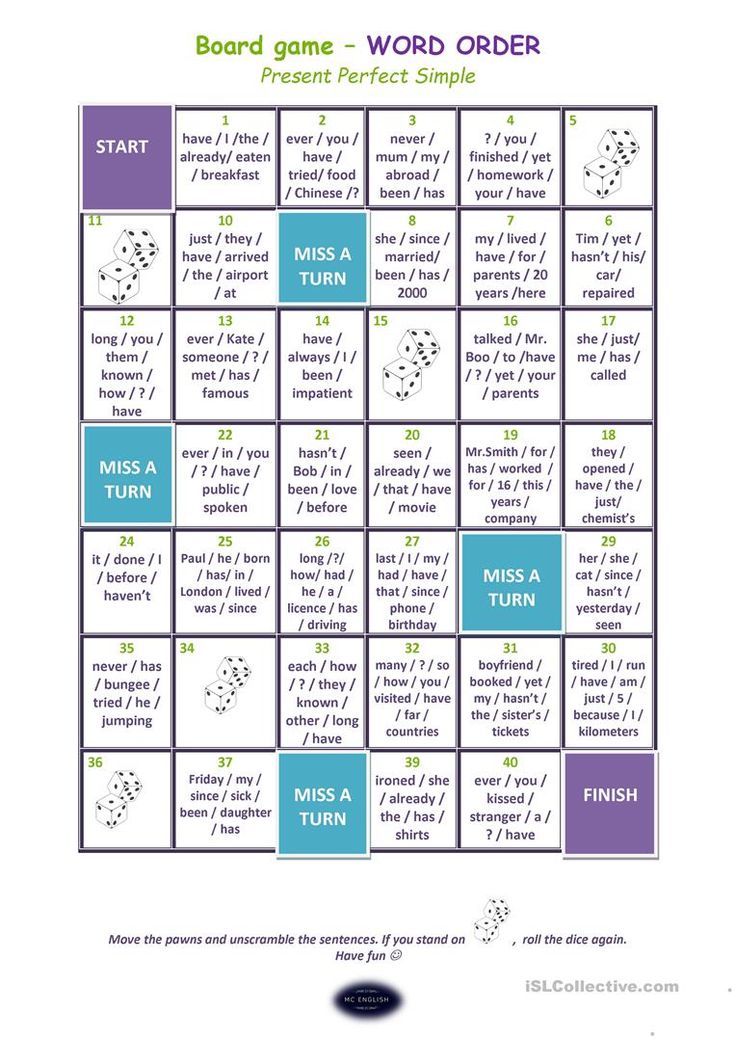
“
Now the sports component of boogie-woogie is gradually eating away at the social one. And it seems to me that when there is sport and rules, when you don’t dance how you feel and don’t perceive dance just as an art, when you have points and qualification cards, there is less improvisation in dance and less yourself
Boogie Woogie Partnership vs .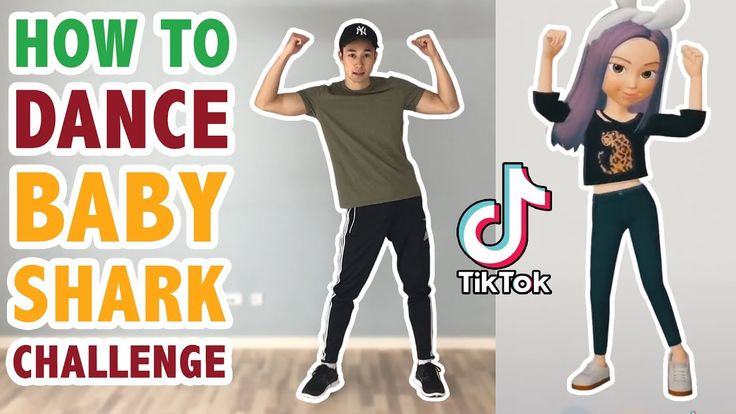 lindy hope partnership
lindy hope partnership
boogie woogie partnership vs . lindy hope partnership
– Let's return to the topic of finding a partner, which I love to discuss. It is unusual for me to hear that in Yaroslavl, a provincial city, it is so easy to find a partner in not the most popular dances, while in Moscow it is not always possible to pair up in more popular styles. How did you find them? nine0006
– Let's start with the fact that in boogie-woogie classes there is a rotation, a change of partners. And from the very first lesson in Yaroslavl, we were approximately equal. I remember that the teacher simply put me in a pair with my first partner, and we met with the next ones at a party and agreed to perform on our own.
Finding a partner in boogie-woogie, lindy hop and other social dances is not about posting an ad on Avito in the style of “looking for a partner”. A partner is always someone from your circle of friends, acquaintances, this is someone with whom you danced at parties, you are usually from the same company, go to cafes and discuss dances. Social dancing is first and foremost about the community. nine0003
By the time I moved to Moscow, I already had established social connections in the capital, because the whole 11th grade I went to parties or just to hang out together. And also guys from other cities went to see me in Yaroslavl, if we had some kind of festivals or competitions. In these connections there is a great value of our dances.
As for my successful search for a partner, I must have just been lucky. Whenever I wanted to perform or develop with someone, there were people I could pair up with. I did not have long periods in my life when I was specifically looking for a partner. nine0003
– What about the men in Lindy Hop? (By the way, this is another one of my favorite topics)
– Unusually, often in our classes with Daniil in Moscow, if there is a preponderance, then there are more men than women. We do not have such that if you are a man - you definitely only lead, and if there is a woman - you follow, gender does not matter as much as in ballroom dancing (as far as I can judge ballroom dancing from the outside). There are followers and the leader of (follower and leader), and the person himself chooses in which role he dances now. It will be completely normal if at a party a girl invites a girl, and a guy invites a guy. Maybe somewhere in the depths of Russia this is still perceived by someone a little unusual, but in other countries it is taken for granted.
We do not have such that if you are a man - you definitely only lead, and if there is a woman - you follow, gender does not matter as much as in ballroom dancing (as far as I can judge ballroom dancing from the outside). There are followers and the leader of (follower and leader), and the person himself chooses in which role he dances now. It will be completely normal if at a party a girl invites a girl, and a guy invites a guy. Maybe somewhere in the depths of Russia this is still perceived by someone a little unusual, but in other countries it is taken for granted.
In class, to explain the concept of leading in Lindy Hop, I like to give this example: you can imagine that you met a friend or girlfriend, and he (she) knows the way to the cinema, but you do not, and you walk and talk . And he just confidently follows a familiar route, and it doesn’t matter what gender he is, it doesn’t matter if you hold hands, because if you are both involved in the process, for example, in a conversation, then you feel each other and will automatically follow him ( her).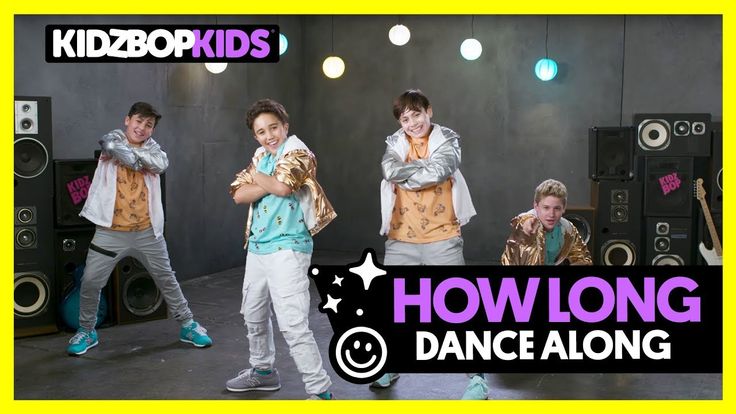 At the same time, if you want to buy a bun in a nearby store, you will move a little to the side, to the store, and a friend or girlfriend will follow you. It's never about gender and rules of conduct / record keeping, it's about being involved at a given moment in time. But when you are just learning, it is difficult to keep this balance, so first we learn one role, then, at a high level, almost everyone learns another. nine0013
At the same time, if you want to buy a bun in a nearby store, you will move a little to the side, to the store, and a friend or girlfriend will follow you. It's never about gender and rules of conduct / record keeping, it's about being involved at a given moment in time. But when you are just learning, it is difficult to keep this balance, so first we learn one role, then, at a high level, almost everyone learns another. nine0013
“
Searching for a partner in boogie-woogie, lindy hop and other social dances is not about posting an ad on Avito in the style of “looking for a partner”. A partner is always someone from your circle of friends, acquaintances, this is someone with whom you danced at parties
- Do boy-boy and girl-girl pairs meet at major competitions?
- Yes, of course, there are not so many of them, but they exist, and among them there are teachers of international level. This is how they danced before, so it's not like a new ethic has come in and people of the same gender suddenly start dancing with each other. nine0013
This is how they danced before, so it's not like a new ethic has come in and people of the same gender suddenly start dancing with each other. nine0013
Lindy Hop competition
Lindy Hop competition
-
– In Russia and in Moscow in particular, several swing dance schools hold tournaments every year. At any competition, you can always find a category that suits you, even if you are a completely new dancer or you do not have a permanent dance partner. nine0003
In general, competitions are divided into two types: with your own partner and with a random one. Both formats have their charms. With your partner, it is easier to convey your vision of the dance to the audience and judges, there is time for preparation and synchronization in technique, but even in this case, couples, as a rule, do not prepare their performance completely.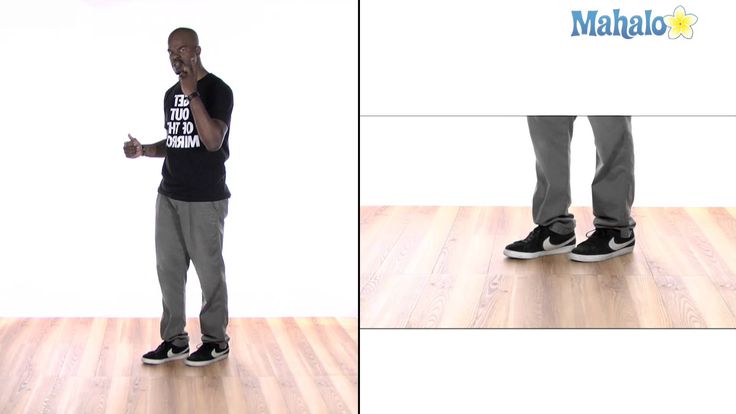 The main task is to show how you can improvise at the moment for specific music, and not brag about who has more blanks. But, of course, there are preparations, but as it seems to me now, they are not as valuable as the skill of improvisation. nine0003
The main task is to show how you can improvise at the moment for specific music, and not brag about who has more blanks. But, of course, there are preparations, but as it seems to me now, they are not as valuable as the skill of improvisation. nine0003
Coinciding with a person randomly, you never know what will happen, where the conversation will go in a competitive situation. That's the beauty of it.
– That is, there is no such thing that you come to a tournament with strictly measured compositions, where all the elements and figures are calculated from and to?
– No, in tournaments all songs are played randomly. In the finals, the participants are usually told the approximate pace and duration of the exit, but they are not given what specifically awaits them. Of course, with your partner you can prepare all the exits “from and to”, for example, in the finals of major competitions, people do this, this is especially true for those who dance at high speeds. But I am not a supporter of fully prepared compositions. nine0003
But I am not a supporter of fully prepared compositions. nine0003
– How is the tournament judged, by what criteria?
- Lindy hop judges are invited to those people who have weight in the community. Usually these are experienced teachers and dancers, whom everyone respects and whose opinions are listened to.
In the finals, the judges give the participants not points, but places, and then the results are calculated using a special system. That is, everyone judges the dances based on their view of them and comparing those couples that came together in a particular final with each other. There are no general absolute criteria that are expressed in points. nine0013
“
At any competition you can always find a category that suits you, even if you are a beginner dancer or you do not have a permanent dance partner
Ph: Alexei Jukov
Lindy hop – is it a fun dance?
Is Lindy Hop a fun dance?
– It seems to me that all swing dancing is some kind of unrestrained fun.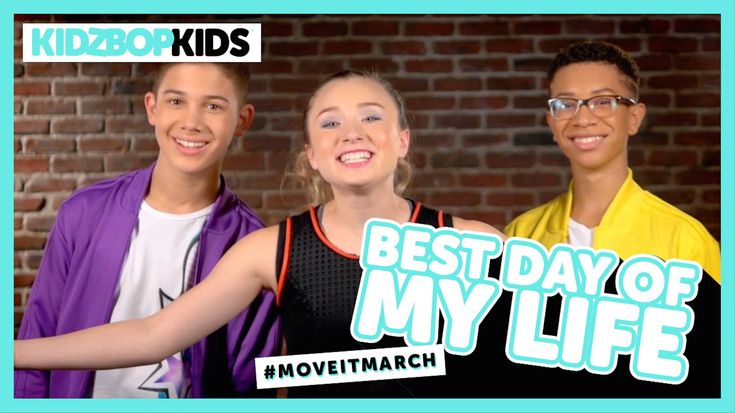 Why do they all look so funny? nine0006
Why do they all look so funny? nine0006
- I wouldn't take it as outright fun. Swing dances originated during the Great Depression, segregation, prohibition, in general, people had a hard life, and jazz was so fun, simply because it was impossible to do otherwise at that time.
Imagine this picture: Duke Ellington, Louis Armstrong, Ella Fitzgerald - insanely popular artists of the jazz era, comparable in level, for example, to Beyoncé, go on tour in America. They play in the best hotels and concert halls, get standing ovations and worship from the crowds, but they cannot stay in the same hotels where they perform or dine in restaurants, sitting next to their listeners. Simply because of the color of their skin and the terrible laws of the time in which they lived. nine0003
Jazz in general and swing dancing in particular have historically been part of the resistance culture. They came to dance, among other things, to escape from the problems in life.
At that time no one taught anyone how to dance the Lindy Hop in the form in which training takes place now, there were no dance schools or clubs.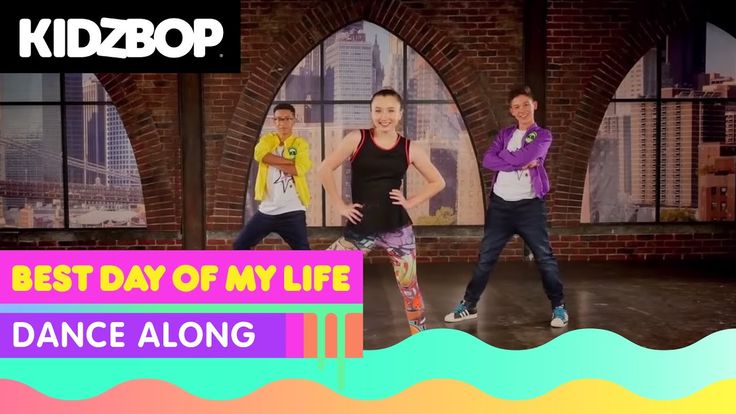 People just went crazy for this music and danced in clubs, in pairs or solo. It was just as common today as going to a bar to dance on a Friday night.
People just went crazy for this music and danced in clubs, in pairs or solo. It was just as common today as going to a bar to dance on a Friday night.
Perhaps today many people come to the dance to take their minds off their problems. When I have a difficult period in my life, I feel how much jazz can help and heal, because it really has such a property, there is something in it that brings back to life. In general, Lindy Hop can be very different - sad, calm, cheerful, crazy, with tricks - it all depends on the music and your own mood! nine0013
See also
Interview
Start in adulthood and go a year and a half to the B-class
History of the ball-water couple Aleksey Garanin and Julia Belykh
Interviews
from a small group of like-minded people-to a large Moscow school
School rockabilly jive in Moscow
Interview
How the ballroom bridge in Gorky Park “connected” professional sports and social dancing
Socialize ballroom dancing
Dance school of the 50s "Moscow dancing rebels"
Rockabilly jive, as well as bop dance, stroll, twist
For those who want fun, bright images and dancing to Elvis.
Let them teach me!
"Own school"
Salsa, bachata, merengue, rumba, cha-cha-cha
Let them teach me!
teaching basic movements and features of dance
Contents
Hip-hop, like any other dance direction, is best studied in a professional school. After all, only a qualified teacher will find an individual approach to a new student and teach the necessary movements. But if this is not possible, or if you want to come to class prepared, you can try to master the direction of hip-hop at home. How to dance the first movements, now we will tell.
Like any dance, hip-hop training includes getting acquainted not only with the basic movements of the style, but also with a certain philosophy. And in this direction it is special. Hip-hop came to us in the second half of the last century from the most disadvantaged areas of New York and Los Angeles. Tired of injustice, aggression and blood, teenagers, who mostly did not have the cleanest reputation, invented their own special way to resolve conflicts - with the help of dance battles and rap parties.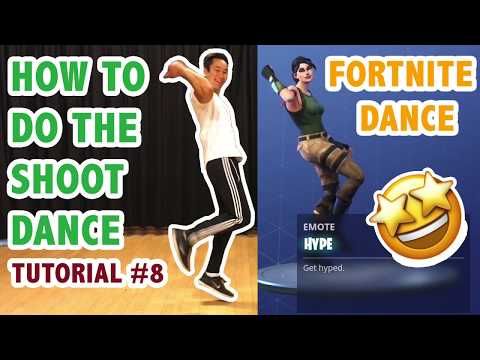 Hip-hop is a free dance, a challenge to society and a protest against any inequality. That is why the main thing in this style is not at all the clarity of the learned movements, but the sense of rhythm, improvisation and expression of the individuality of the performer. nine0003
Hip-hop is a free dance, a challenge to society and a protest against any inequality. That is why the main thing in this style is not at all the clarity of the learned movements, but the sense of rhythm, improvisation and expression of the individuality of the performer. nine0003
Getting Started: Preparation and Basic Movements
Before learning hip-hop for beginners, you should make sure that you feel comfortable doing it. According to experienced dancers, three things will help you relax and start learning:
- Appropriate environment: flat floor, spacious room, full-length mirror.
- Loose clothing and comfortable shoes. Nothing should hinder movement.
- Hip-hop rhythmic music. nine0524
A little ritual will help you tune yourself into the wave of hip-hop: stand with your legs apart, put your hands down and close your eyes. Listen carefully to the sound of the music and try to learn to hear the beat. Rock to the beat. And now you have already mastered the first movement.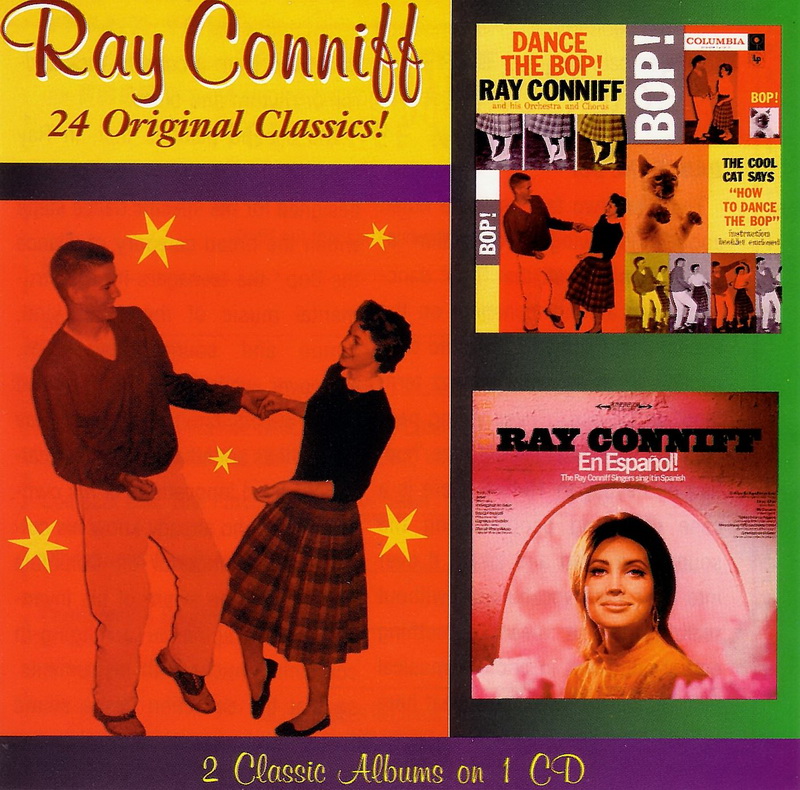 Congratulations! It's time to move on to more complex elements.
Congratulations! It's time to move on to more complex elements.
The basic movements of hip-hop are swing and step. You are already familiar with the first one. Now try to put your right foot to the side and stretch your right hand up. Bend your right leg, transferring your body weight to it, and lower your arm to shoulder level. Turn the body to the left, bend the left leg, and put the right leg on the toe. Now lower your right knee, arch your back and reach your hands to the floor. When you manage to complete this combination, consider yourself a good start in hip-hop. nine0003
Sign up for a trial lesson
Here are some more basic hip-hop moves for beginners:
- Starting position - standing, feet shoulder-width apart, and arms along the body. We squeeze the brushes into a fist and alternately bring forward one hand, then the other. Then we connect the legs bent at the knee: left hand - right leg, right leg - left hand.
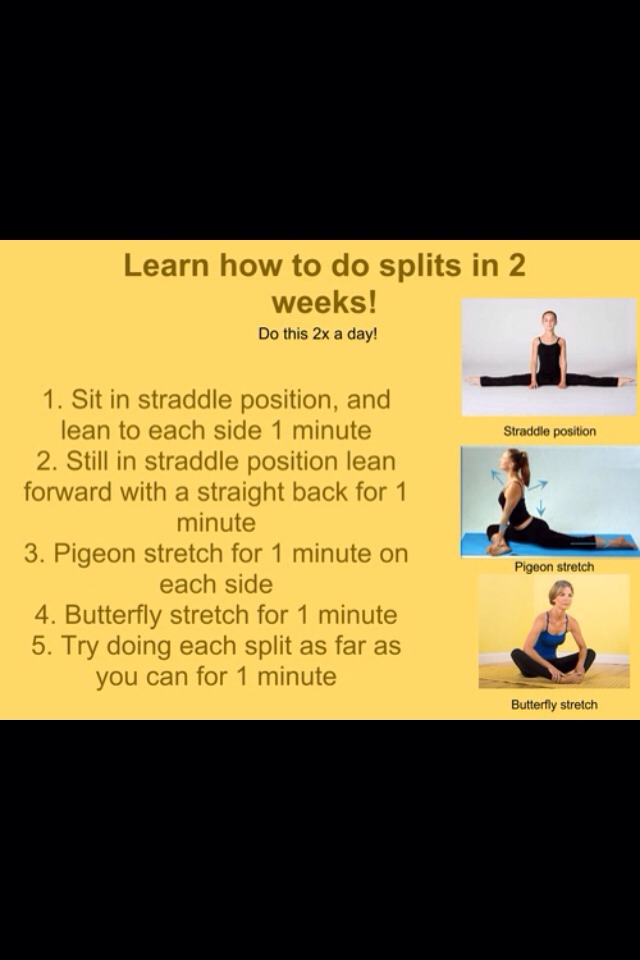
- Starting position - standing. We jump in place and cross our legs, and bend our arms as if we were rowing.
- Starting position - standing, feet slightly wider than shoulders. We put the right leg a little back, bend the legs at the knees, which at the same time look straight. With the right hand we cover the face, with the left, folded into a fist, we put it in the region of the heart. Then at the same time we tilt our head to the right and unclench the left hand, and after that we turn the right knee and right hand to the right. nine0524
- Starting position - standing, feet firmly pressed to the floor, knees slightly bent. We put the spread fingers of the right hand on the chest, keep the elbow parallel to the floor. We bend in an arc, as if we received a blow right in the heart. Then we make two turns in different directions, straighten our back and return to the starting position. The hand at this time falls from the heart to the waist. At the end, we throw the pelvis forward again, round the back and tighten the buttocks.

You can achieve the first results quite quickly. But when you start to study closely how to dance hip hop, you will soon notice that there are no clear movements and rules in this direction. Having mastered a few basic elements, the dancers begin to improvise, create their own combinations and dance as creative fantasy suggests. nine0003
How to continue: choosing a style
If you have mastered the first movements of hip-hop from videos and photos on the Internet, it's time to choose the direction in which you will develop further. Hip-hop culture is a wide range of dance styles that differ from each other both in elements and in general mood. The main ones are:
- Breakdance is still popular basic style of hip-hop, on which the direction originated.
- Popping - rhythmic contraction of various muscle groups to the music so that it looks like jolts on the performer's body; nine0524
- Wave - smooth and plastic movements of the body, the most famous of which is the wave with hands;
- Afro-jazz - shaking mainly the lower and most prominent part of the body in women;
- Crump - vigorous shaking of various limbs to the music so that it seems as if someone has moved into the dancer;
- New Style, also known as freestyle, is an improvisational dance that combines not only hip-hop movements, but also elements borrowed from more than a dozen other dance styles.
 nine0524
nine0524 - La Style - Hip-hop, where the emphasis is on entertainment, so this style is used mainly in videos and when staging shows.
- Ragga jazz is a dance tuned to the music: the performer's legs work under the drums, and the hands become active during the recitative.
- Locking is an energetic dance with "locks" - freezing in different positions for a few seconds or periodically slowing down the movement.
- Power move is a spectacular style that includes complex acrobatic elements, handstands, various twists, and transitions. nine0524
- C-walk is a “language” dance with a criminal past that emphasizes intense and very dynamic footwork.
Women's and men's hip-hop
The next step in how to learn hip-hop without leaving home is to bring a little femininity or, conversely, brutality into your existing skills - depending on your gender accessories. The thing is that female and male hip-hop are somewhat different from each other, and, therefore, representatives of the beautiful and strong half are trained in this direction in different ways.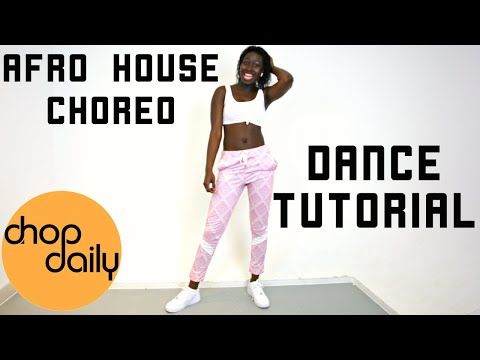 nine0003
nine0003
Hip-hop dancing for beginner girls is based on plasticity, flexibility and unobtrusive sexuality. Girls wear baggy sweatpants and hoodies on a par with men, perform sweeping movements, but their execution looks different: hips, legs and shoulders are more involved, the elements are a little smoother and sexier.
Male hip-hop, on the contrary, is more daring, energetic and sometimes even aggressive. The focus is on the work of the arms and body, acrobatic elements and movements that require strength and male endurance. nine0003
If you prefer to learn this difficult direction from videos, it is better to initially choose hip hop training, where the movements will be performed by a dancer of your gender. Together with the right technique, you will be able to capture the gender characteristics of the choreographic elements.
A few more secrets
Learning to dance hip-hop at home, without classes with a professional teacher, is not easy, but real. Especially if you add training with a few more components. Here, as in learning a foreign language, only complete immersion in the culture will help. So, here are some tips from “experienced” hiphopers who have mastered a lot not under the guidance of a qualified mentor, but at home by the mirror:
Especially if you add training with a few more components. Here, as in learning a foreign language, only complete immersion in the culture will help. So, here are some tips from “experienced” hiphopers who have mastered a lot not under the guidance of a qualified mentor, but at home by the mirror:
- Videos with basic exercises will help you master some movements, but for additional skills, it is better to turn to online courses. Hip-hop lessons for beginners are regularly held online, often live.
- Hiphop parties and hangouts will help you melt into this culture and make new acquaintances. Yes, of course, everyone will laugh at your first dances, but no one drags you to the center of the circle. While you're learning, watch the pros dance, adopt a style, and memorize some moves to practice at home. nine0524
- Clear training regimen. Only with regular practice can you achieve results. In addition, our body is set to a certain schedule, and if you exercise at a certain time, it will prepare for stress.
 As experienced dancers note, the optimal duration of even home workouts is two hours. This is enough for warming up, and for the lesson itself, and for stretching after.
As experienced dancers note, the optimal duration of even home workouts is two hours. This is enough for warming up, and for the lesson itself, and for stretching after. - Additional physical activities. If you are in the mood not just for basic hip-hop movements, but for serious hip-hop elements with tricks, strengthening the muscles of the whole body is indispensable. You will need strong arms, strong core muscles, and no extra weight. This can be achieved by exercising in the gym or additional weight training at home. nine0524
- Compliance with safety regulations. Be sure to dance in comfortable non-slip shoes and loose clothing. Do not start training without a proper warm-up, and when practicing acrobatic elements, lay something soft on the floor.
Video tutorials will be enough to learn how to dance hip-hop. But to become a real dancer, you need to study the subculture from the inside. It is believed that a hiphoper has achieved true mastery when he is in perfect control of his body, does not “slow down” on the dance floor, knows how to improvise and select universal movements for any music.
